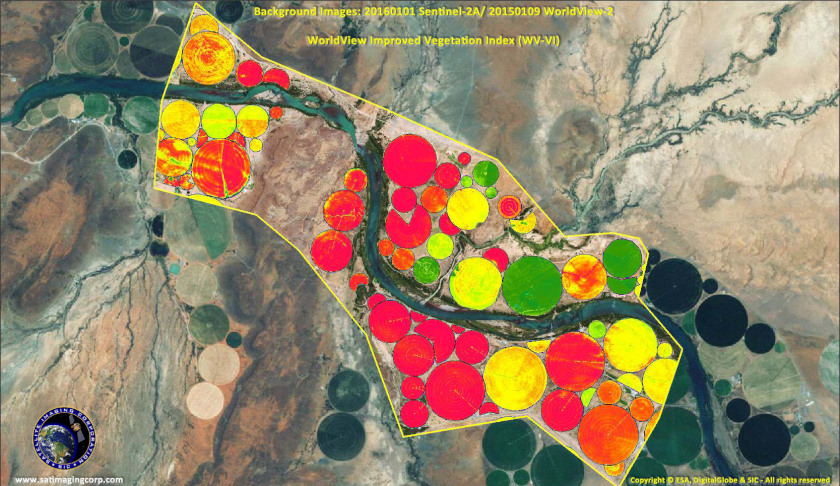The tech is called the Ping Monitor and was developed by Adelaide start-up Ping Services, which has recently raised almost $850,000 to support the commercialisation of its product.
The Ping Monitor is a device attached to wind turbine towers that continuously listens to the rotating turbine blades.
The key innovation is the algorithm, which can assess the health of the turbine based on its acoustic signature, detecting change over time and picking up blade faults such as pitting or cracks caused by lightning strikes or hail.
“This technology is a game-changer for the wind farm operations and maintenance sector and there’s a rush to see which large operator will be first out of the gate to start continuously monitoring their turbines,” said Ping Services chief executive Matthew Stead.
“The acoustic signature of a turbine changes over time and certain changes in pattern can represent degradation or other issues that warrant attention. Our device, through the algorithm we have developed, can detect these critical variations, enabling maintenance before the situation deteriorates further.”
Mr Stead said the company recently gained its first client and was conducting further trials with some of the biggest wind farm operators in the world.
The Ping Monitor 1.0 is available now. Data is manually uploaded and processed via Ping Cloud.
The second generation Ping Monitor 2.0, available in August, uses solar power and satellite communication. This would make the Ping technology useful for remote area and offshore wind farms.
For this, Ping Services has partnered with South Australian space start-up Myriota, a leader in low-cost satellite internet of things connectivity.
Myriota emerged from the University of South Australia in 2015 to commercialise research conducted by Alex Grant and David Haley.
The company has developed a range of remote area connectivity solutions. For example, its water tank level monitoring system allows farmers to see water tank levels on their smartphone.
Ping said its technology is a significant advance on current means of wind turbine inspections, usually carried out out on an ad-hoc or annual basis.
It said there are an estimated 3,800 blade failures globally each year, with total repair costs of up to $2 billion.
The company said the Ping Monitor didn’t replace existing inspection methods but it did remove the need to spend time and money using these methods for turbines where there are no blade issues.
“We call this targeted or optimised inspection. Ping Monitor allows for detailed targeted inspections for those turbines where Ping Monitor has alerted you to a problem,” the company said on its website.

